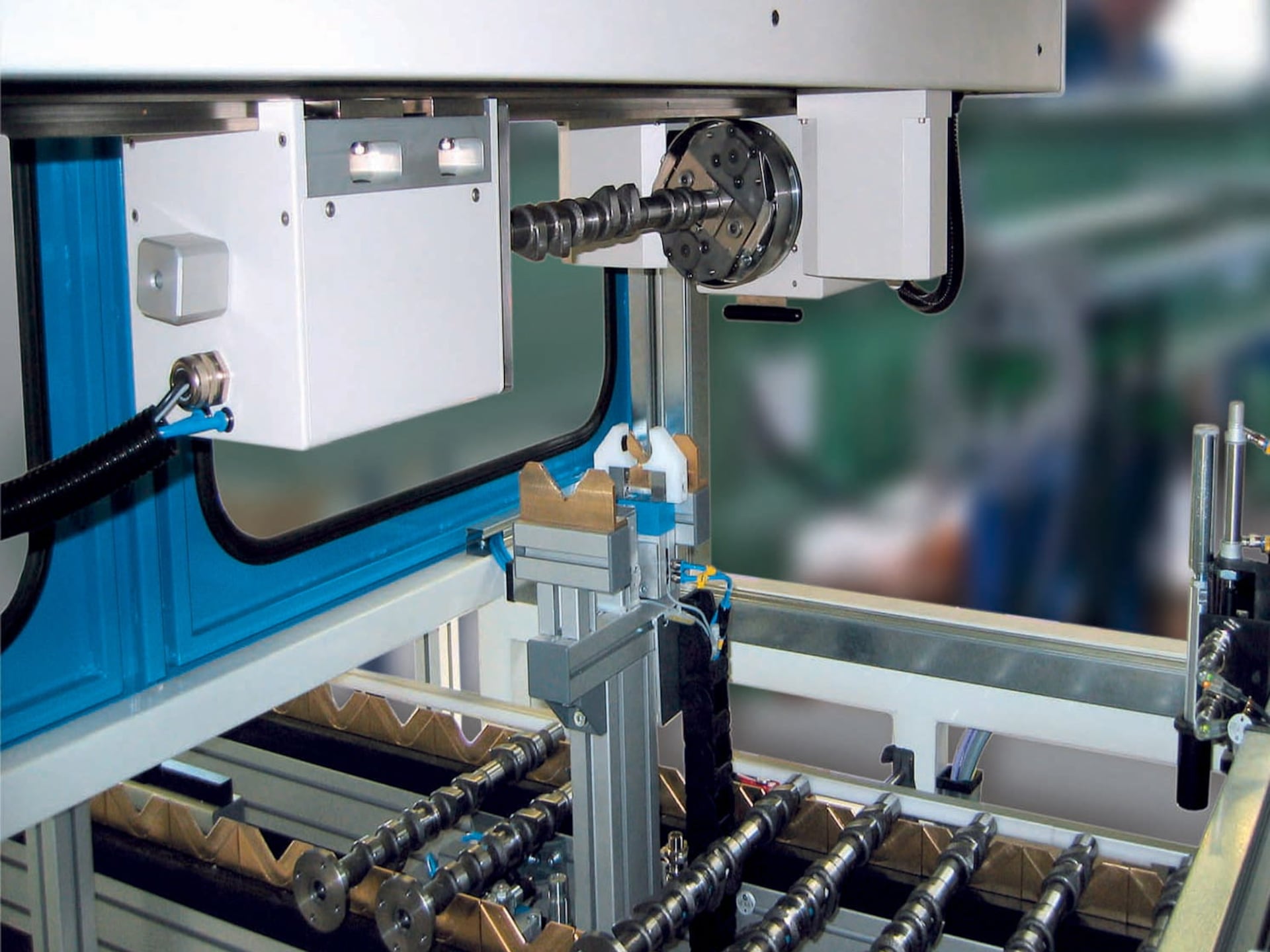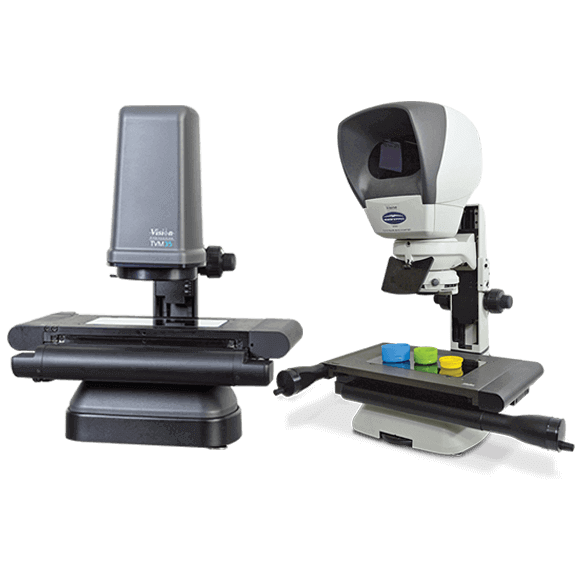The Function of Optical Measurement Solutions in Progressing Metrology Techniques
Optical dimension systems have transformed metrology, bringing a level of precision that was when unthinkable. As you discover better, you'll find how these systems are shaping the future of dimension and top quality control.
The Development of Metrology: A Historical Point Of View
As you discover the background of assessment, you'll locate that its advancement shows humanity's quest for precision and standardization. From old human beings using body parts as devices of measurement to the advancement of standardized weights and steps, each action shows our wish for precision. The Egyptians constructed the pyramids using exact measurements, while the Romans progressed design with their innovative measuring tools.
Throughout the Renaissance, scientific breakthroughs moved the focus toward extra empirical methods, leading the way for modern-day metrology. The introduction of the statistics system in the late 18th century noted a substantial turning point, developing universal requirements. Throughout the 20th century, technical developments better changed assessment, making it possible for highly precise measurements in various fields.
Today, assessment remains to develop, integrating digital modern technology and automation. This background highlights not simply the significance of measurement but additionally our ruthless pursuit of improving precision and consistency in our significantly intricate world.
Principles of Optical Measurement Solutions
Understanding the principles behind optical dimension systems is essential for precise results in width. You'll desire to consider fundamental optical concepts, measurement accuracy elements, and efficient system calibration techniques. Each of these components plays an important duty in ensuring your dimensions are exact and trusted.
Essential Optical Concepts
While exploring optical measurement systems, you'll run into essential optical principles that form the foundation of precise data acquisition. Light acts in foreseeable ways, and comprehending these actions-- like reflection, refraction, and diffraction-- is important for effective dimensions. You'll use lenses and mirrors to adjust light and concentrate it onto your target, ensuring precision in your analyses. In addition, the wave nature of light enables for interference patterns, which can enhance dimension resolution. Polarization can additionally play a crucial function in distinguishing signal from noise, improving the quality of your outcomes. By grasping these concepts, you'll be equipped to leverage optical modern technologies successfully, leading the method for improvements in width and guaranteeing your measurements are both dependable and repeatable.
Measurement Accuracy Elements
To achieve high measurement precision in optical systems, several factors enter into play, affecting the reliability of your results. The high quality of the optical elements matters considerably. High-quality lenses and detectors lower aberrations and sound, guaranteeing your dimensions are precise. Second, environmental problems like temperature level and moisture can affect dimensions, so preserving a stable setting is essential. Third, the positioning of the optical system is critical; also small imbalances can result in substantial mistakes. Lastly, the wavelength of light made use of effects the resolution and precision of your dimensions. By addressing these aspects, you can improve the total efficiency of your optical measurement systems, causing more dependable and accurate lead to your metrology applications.
System Calibration Strategies
Achieving high dimension accuracy is just component of the formula; proper system calibration methods are just as essential in optical measurement systems. Next off, utilize well-known measurements to validate the system's output and make required corrections. With these strategies, you'll enhance the reliability of your optical dimension system.
Secret Technologies Behind Optical Measurement
Optical measurement systems rely on numerous crucial modern technologies that enhance accuracy and efficiency in metrology. One vital innovation is interferometry, which utilizes the interference of light waves to measure small variations and surface irregularities with severe precision. You'll likewise find laser scanning systems, which record detailed 3D data of items quickly, making them very useful for dimensional analysis.
Furthermore, CCD and CMOS sensors play a significant function in transforming light right into electrical signals, permitting high-resolution imaging and precise measurements. Advanced algorithms for picture handling even more improve measurement precision by assessing data in actual time, straining sound and enhancing functions.
Ultimately, optical fiber offer adaptability and the capability to measure in difficult environments while keeping signal integrity. By leveraging these modern technologies, you can attain remarkable cause your metrology jobs, making certain that your measurements are both accurate and reliable.
Applications of Optical Dimension in Industry
As industries progressively require accuracy and effectiveness, the applications of optical dimension systems have ended up being important throughout different industries. In production, these systems aid you keep track of dimensions and resistances in real-time, guaranteeing top quality control without taxing manual checks. In the automotive market, optical measurements assist in aligning components with accuracy, boosting security and efficiency.
In electronics, you're making use of optical methods to inspect minute functions on circuit card, detecting defects that can bring about failures. The aerospace market take advantage of non-destructive screening methods, enabling you to analyze products and elements without compromising their integrity.
Optical dimension also plays a vital role in fabrics, guaranteeing material measurements satisfy precise specs. optical measurement. With their capacity to give high-resolution information quickly, these systems equip you to make informed decisions, streamline procedures, and eventually drive technology across your industry
Enhancing Accuracy and Performance in Measurements
When you think regarding improving accuracy in measurements, accuracy in your measurement techniques is vital. By improving these processes, you can attain quicker outcomes without compromising quality. Allow's check out exactly how adopting innovative optical measurement systems can elevate both precision and effectiveness in your work.
Accuracy in Measurement Strategies
Accuracy in measurement strategies is vital for achieving reliable cause metrology, specifically since small disparities can result in significant mistakes. By utilizing innovative optical measurement systems, you can boost the accuracy of your dimensions. These systems offer high-resolution information that help you identify even the slightest variations in measurements. When you embrace these technologies, you lessen uncertainties and enhance repeatability in your procedures. On top of that, accurate dimensions allow you to preserve quality control, making certain that products satisfy rigorous specifications. This not just enhances your integrity yet likewise improves consumer complete satisfaction. Purchasing accuracy measurement tools inevitably leads to boosted performance, reduced waste, and optimized manufacturing cycles. Welcoming these strategies will transform your method to width, generating remarkable results.
Enhancing Measurement Processes
To enhance accuracy and performance in dimensions, enhancing your dimension processes is important. Start by adopting optical dimension systems that give real-time information, minimizing the moment invested on hand-operated recording. These systems often integrate flawlessly with existing software, permitting you to automate data collection and evaluation.
Following, standardize your dimension methods. By carrying out constant treatments, you decrease variability and improve repeatability. Do not fail to remember to frequently calibrate your tools to ensure its precision.

The Impact of Optical Measurement on R & D
As researchers venture to press the borders of development, optical dimension systems have actually come to be essential tools in the advancement procedure. These systems provide you with accurate, real-time data that improves your capacity to assess complex materials and structures. In different fields, from biotechnology to aerospace, you count on optical measurements to enhance layouts and boost product performance.

With high-resolution imaging and non-contact techniques, you can lessen example disruption, enabling more precise results. This capability to catch minute details accelerates your R&D cycle, letting you iterate designs rapidly and effectively. Moreover, optical dimension promotes partnership across self-controls, as the data generated is frequently quickly interpretable and shareable.
Ultimately, incorporating optical dimension systems into your research not just improves efficiency but also grows your understanding of the sensations you study. By leveraging these advanced strategies, you're much better geared up to innovate and remain ahead in a competitive landscape.
Future Fads in Optical Measurement Systems
With the quick improvement of innovation, you're likely to see substantial shifts in optical dimension systems that will redefine their application across different industries. You'll see a step toward boosted automation and combination of artificial intelligence, allowing for real-time information analysis and boosted accuracy. Miniaturization is an additional pattern; compact gadgets will allow measurements in tighter areas, making them perfect for areas like aerospace and biomedical applications.
Anticipate to see systems that can operate in challenging atmospheres, giving useful site dependable dimensions in severe problems. As these technologies assemble, you'll discover that optical dimension systems not just boost precision but likewise enhance operations, inevitably driving innovation and efficiency in your jobs.
Often Asked Concerns
Just How Do Optical Measurement Solutions Contrast to Standard Measurement Techniques?
Optical measurement systems use higher precision and faster results contrasted to standard strategies. You'll locate they record more data points accurately, decreasing human error and increasing reliability, making them a preferred choice in numerous applications.
What Industries Advantage The Majority Of From Optical Dimension Solutions?
You'll find industries such as aerospace, vehicle, and electronics profit most from optical measurement systems. These industries count on exact measurements to assure top quality and efficiency, enhancing effectiveness and lowering prices through advanced innovation.

Are Optical Dimension Systems Expensive to Execute?
Optical dimension systems can be expensive to execute, but their accuracy and efficiency typically justify the price. Purchasing such modern technology can cause substantial long-term financial savings and renovations in top quality across numerous applications.
What Skills Are Required to Run Optical Measurement Solutions?
To run optical dimension systems, you'll require solid analytical abilities, interest to information, and effectiveness in software application tools. Familiarity with optics and an understanding of measurement principles will certainly also improve your performance and efficiency.
Exactly How Do Ecological Factors Impact Optical Measurements?
Ecological variables like air, moisture, and temperature level quality can distort optical measurements. You'll observe variants in precision as a result of light interference or refraction. optical measurement systems. Keeping secure conditions is vital for accurate and trustworthy optical dimension outcomes
Conclusion
In recap, optical measurement systems are transforming try this metrology by giving unequaled precision and efficiency. As you discover future patterns, you'll see how the integration of AI and automation will certainly continue to boost dimension practices, driving innovation and boosting quality control.
Achieving high dimension precision is only component of the equation; correct system calibration methods are equally essential in optical measurement systems.When you assume regarding find this enhancing precision in measurements, accuracy in your measurement methods is important. By making use of sophisticated optical dimension systems, you can improve the precision of your measurements.To improve accuracy and effectiveness in dimensions, improving your measurement processes is crucial. Exactly How Do Optical Dimension Equipments Compare to Typical Measurement Techniques?